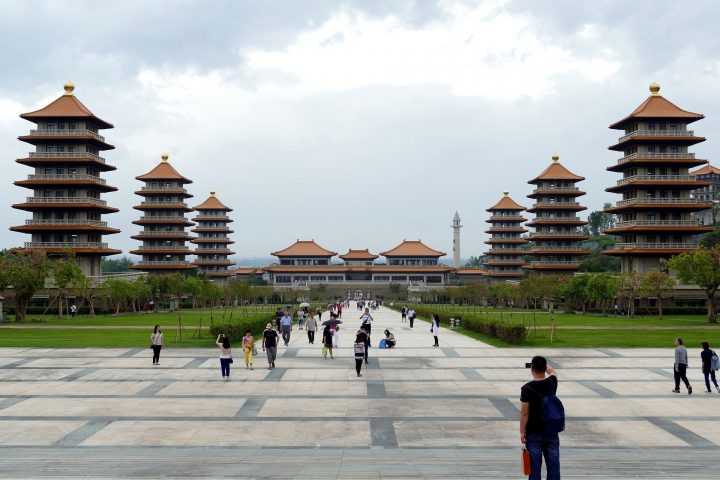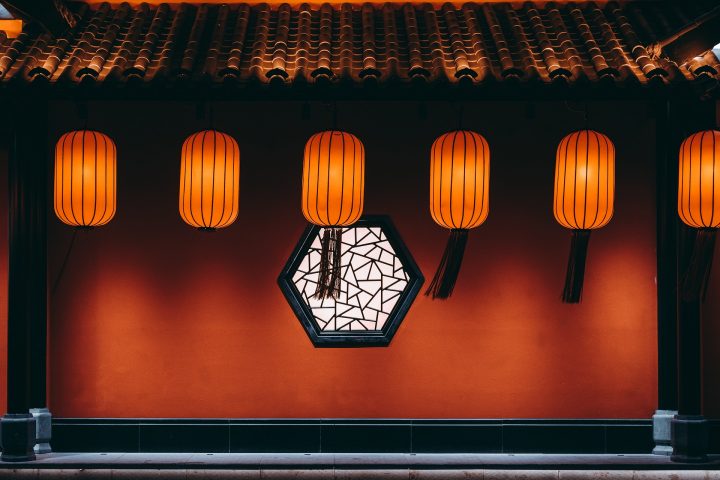Indian Saree which is also written as Sari is a globally recognized garment. Apart from its rich history and culture, the Indian Saree has made India known in every corner of the world. Well, for others it is the fashion statement but for Indians, it holds sentimental value.
In this article, we will be going back into the times to explore the origin and history of the Indian Saree. If you are also fond of this attire, then stick to the end to learn some interesting facts about it.
Over the years, the Indian Saree has evolved with the introduction of various designs and patterns. In fact, the draping style of the Indian Saree has also changed over the course of time.
From just a drape cloth to the style statement, the Indian Saree has found its way into each and every Indian home.
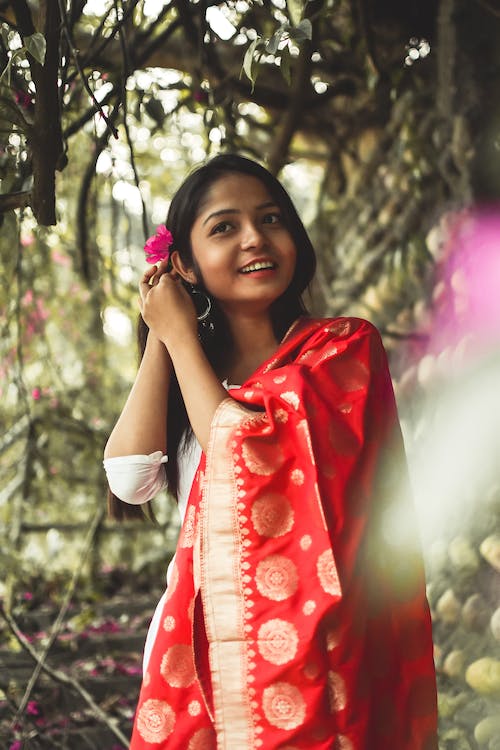
For those of you who are not familiar with a Saree, do read out our next section.
Indian Saree
The Saree is the traditional garment of India. The majority of Indian women wear it daily whereas some choose to wear it on a special occasions.
It is 4 to 6 yards of unstitched cloth that can easily cover the upper, middle, and lower part of a woman’s body. Usually, it is worn along with a blouse and petticoat.
The fabric of the Saree has evolved over the centuries and women prefer different materials as per their tastes and convenience. Some of the commonly used fabrics are Cotton, Chiffon, Georgette, Silk, etc. Do check out the fabric section to learn more about the fabrics.
The Saree is generally found in varied patterns and designs which also keep on updating as per the fashion trends. For example – 2021 was the year of sequin Sarees, where many Bollywood divas were seen flaunting this pattern.
Another interesting thing to be noted here is that the end part of the Saree which is also called Pallu (Hindi word) is draped differently in different areas of the nation.
As shown in the picture below, some women prefer to drape the pallu on the left shoulder whereas others prefer it on the right shoulder.
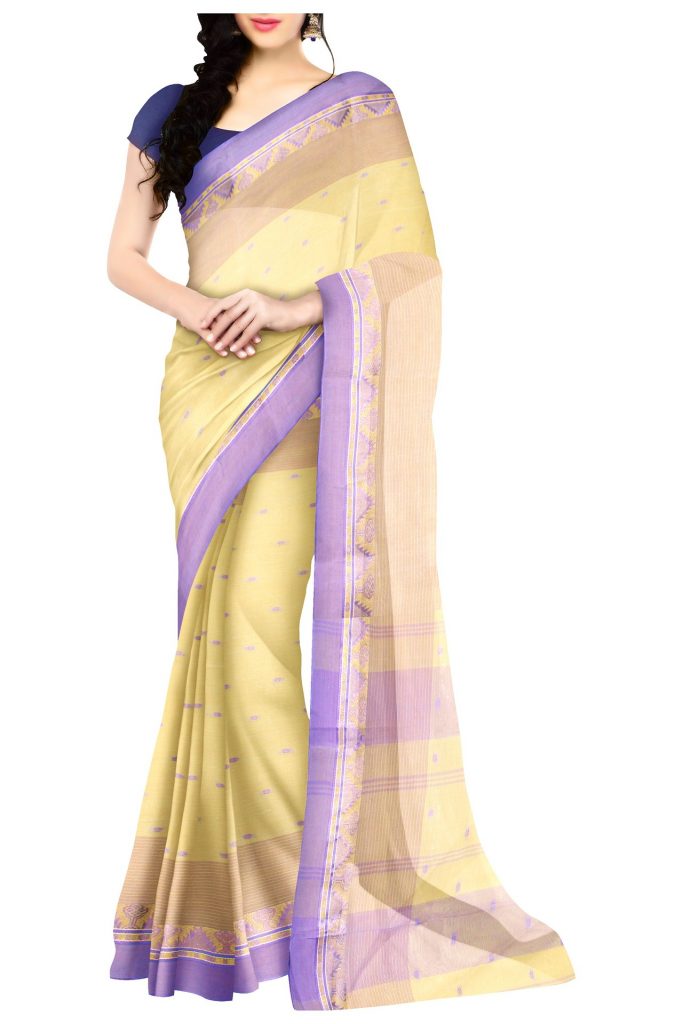
Image by Unnatisilks from Pixabay
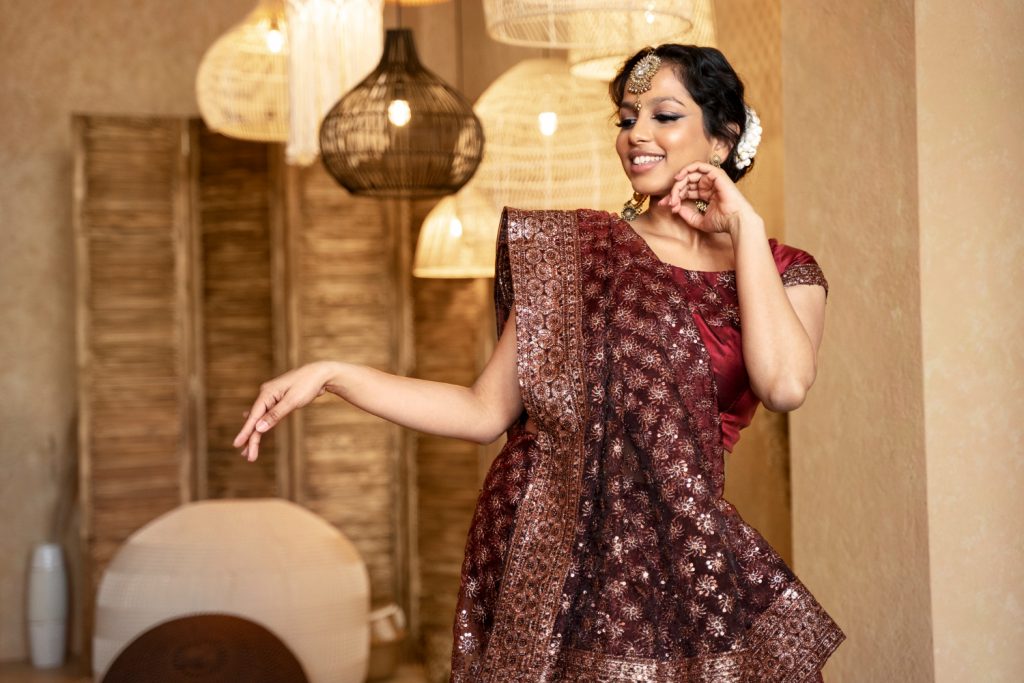
Image by Freepik
There is a significant change in the design and pattern of the Saree, depending on the region. For example – In west Bengal, Bengali women prefer a Saree of white and red color, where the border is made up of red color.
The “Banarasi,” Saree is another fineness that has always captured the eyes of the luxury class, the banarasi Saree speaks of grace and dignity, hence this embroidered (Zari) work Saree is highly preferred by women of all ages.
Now, let us understand how the word sari/Saree came into existence.
Origin of the Word Saree (or Sari)
The word Sattika first appeared in Buddhist Sanskrit literature. According to this, the Sattika is compiled of three different parts of the clothes.
- Antriya – Antriya was used to cover the lower part of the body hence, called the lower garment.
- Uttariya – It is the veil that is worn over the shoulder or head to cover the upper part of the body.
- Stanapatta – This is the chest band used to cover the chest area.
Later on, Sattika evolved into Sati and finally into Sari. People started referring to Sattika as Sari, which then became the prominently used word everywhere in the nation.
So, now that you know how the word sari emerged, let’s move on to the history of the Indian Saree.
Do you know personal hygiene plays a major role in enhancing your personality? Check out our article on grooming tips and personal hygiene.
History of Indian Saree
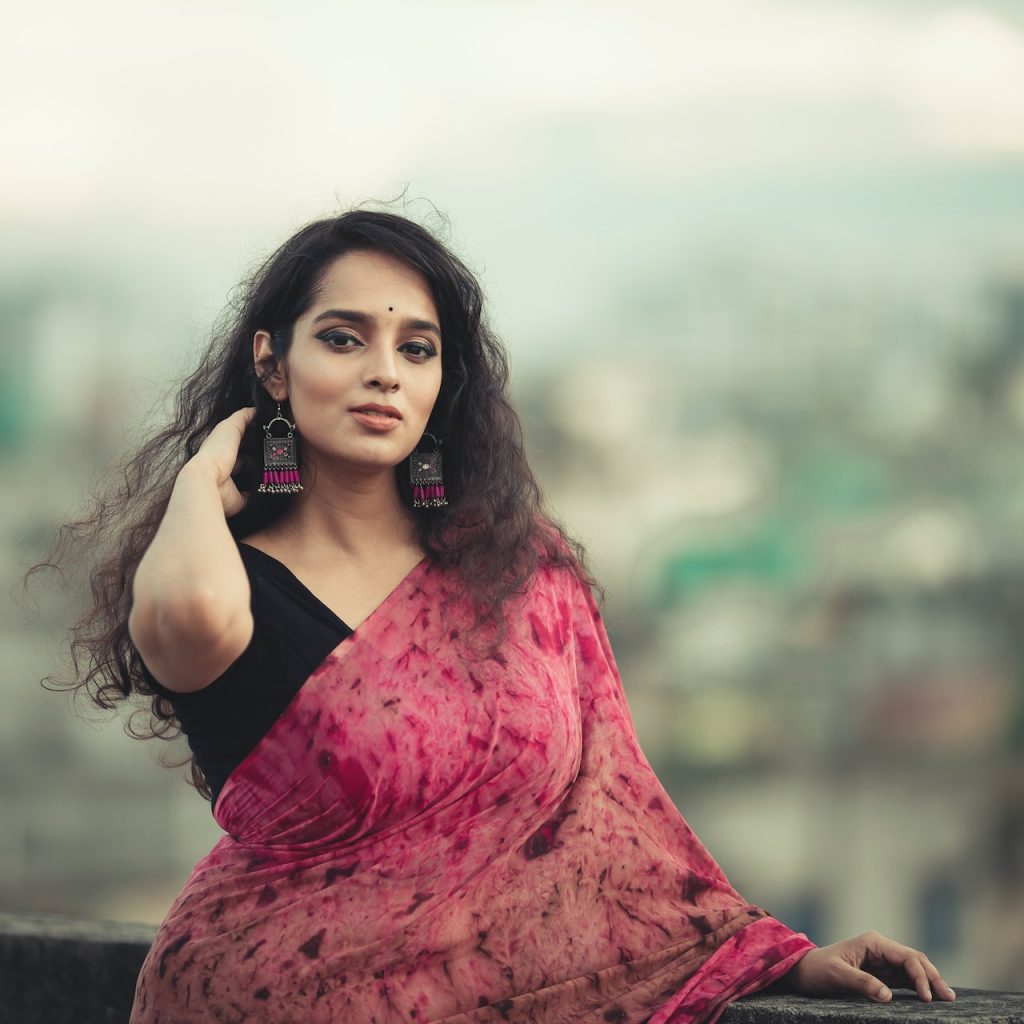
The Saree has always been the first pick of many Indian women and girls. It is widely cherished by ladies of every age, these days, even teen girls have found their new love in Saree
Whether it is a graduation ceremony or a family function, women are ditching western apparel for a Saree.
But, this chic garment has ruled the land of India since ancient times. It was part of famous kingdoms, from the Harrapa civilization to the Mauryan empire, time has tested this garment, yet, still, it is going strong and living in the hearts of many.
Let us take a look at some history of this attire.
The earliest historical visibility of Saree is in Indus valley civilization. The Indus valley civilization was also called the Bronze Age civilization which flourished in the Northwestern regions of South Asia.
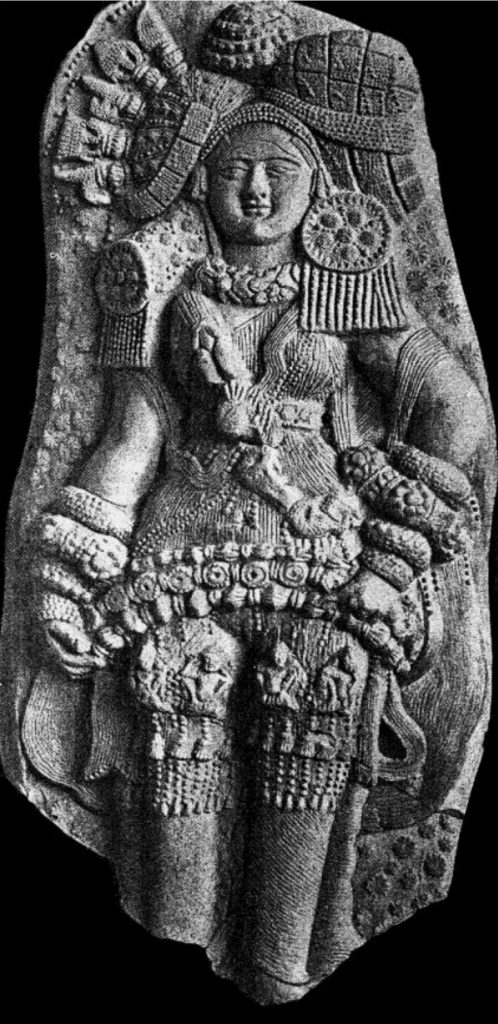
It stretched from 3300 BCE to 1300 BCE. It was during this time that the idea of the Saree was born. Historians found evidence of Saree from the establishments of Mohenjo-Daro and Harrapan.
The Indus priests used to drape a shawl around their bodies, which was later adopted by the common people.
First foreign influence on Saree can be seen during the reigns of Chandragupta Maurya. Chandragupta Maurya (reigned c. 321–c. 297 BCE) is considered one of the bravest and strongest rulers of all time. He was famous for his intelligence and diplomatic relationships. He was married to the Alxendar’s general Seleucus’s daughter Nicator.
During those times, the Greek ladies used to wear a single piece of fabric mostly Chiton, which they used to wear as a skirt and draped over a shoulder.
The ceremony of the Mauryan king opened up doors for other people as well which further strengthened the relationship between the two kingdoms.
This allowed the exchange of culture and clothes which soon resulted in the adoption of both sides’ valuables. Furthermore, Indian women adopted this style of dress and further modified it as per their feasibility.
Later we see the references of Saree in the ancient Sanskrit literature of Kadambari by Banabhatta, in ancient Tamil poetry Silappadhikaram, and in the works of Kalidasa.
As Saree continued to evolve we see the influence of various empires on it like Persians and Mughals.
Types of Indian Sarees
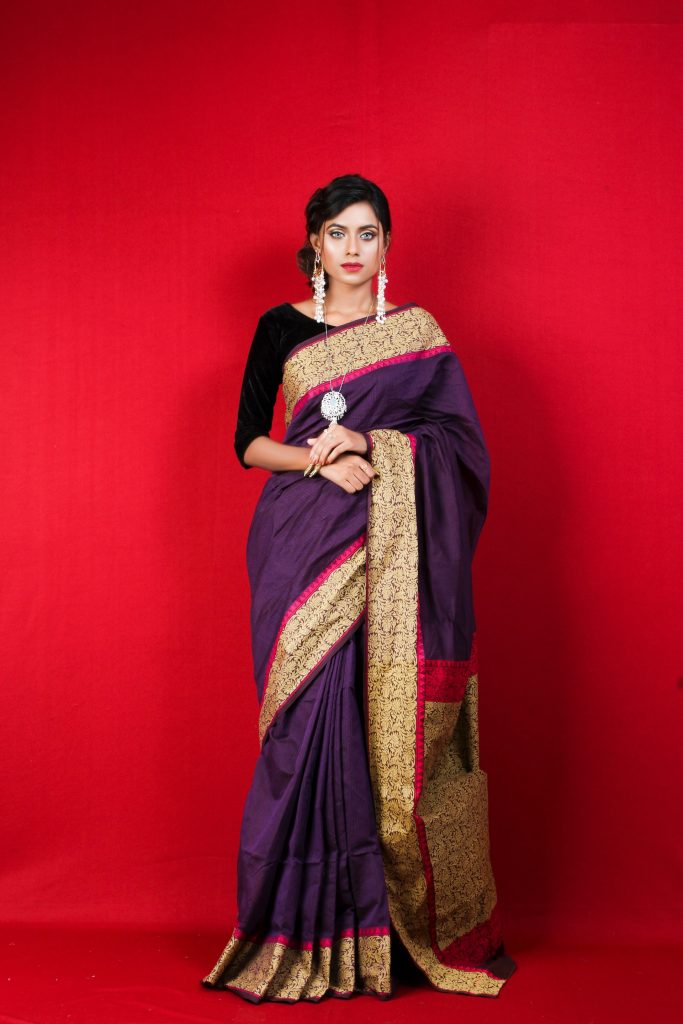
There are different types of Sarees made in India. Below we have discussed the most famous Indian Sarees that Saree lovers usually have in their wardrobes.
1. Kanchipuram or Kanjeevaram Saree
The Kanchipuram silk Saree found its origin in the South Indian state of Tamil Nadu.
It is made in the Kanchipuram region of the state. The silk is said to be one of the most expensive of all and is known for its elegance and grace.
Women usually wear it to special occasions like weddings, family functions, etc
2. Banarasi Silk Saree
Next is the famous Banarasi Saree which is made in Varanasi city of the Indian state Uttar Pradesh (UP). The Saree is made using gold, copper, and silver threads. The heavy texture of the Saree gives it the royal look.
3. Chanderi Saree
It is made in the Chanderi region of Madhya Pradesh (central India). The Chanderi Saree is made up of pure silk, fine cotton, and Zari which gives it an elegant look.

It is known for its fine craftsmanship and nature-inspired designs. Prints of peacocks, coins, and flowers are prominently used in the Chanderi Saree.
4. Mysore Silk Saree
Produced by the Karnatak Silk Corporation, the Mysore silk Saree has golden lace on the edges and the end part of the Saree (pallu).
Furthermore, there are many more famous Indian Sarees adorned by women like Baluchari Silk Sarees, Bomkai Silk Sarees, Organza Silk Sarees, Kota Silk Sarees, etc.
Types of Fabric that are Used in the Making of the Indian Saree
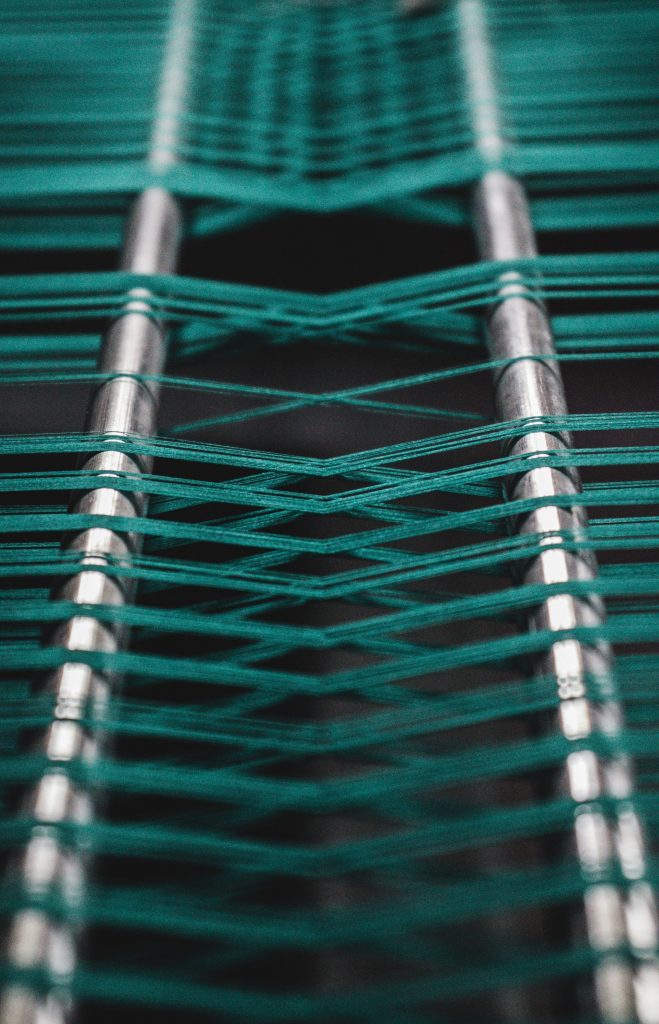
1. Cotton
The most commonly used type of fabric is cotton. Women prefer to wear cotton Sarees during summer as it easily soaks sweat and makes one feel comfortable and light.
2. Chiffon
The chiffon Saree is typically made with cotton or linen chiffon. The Saree looks like a silk Saree and is very soft to the touch. Women wear it on different occasions as it gives vibrant look.
3. Crepe
The crepe is a wrinkled and heavy textured material that gives elegant look upon wearing. Originally made by using thin silk, the material composition has changed over time, and cotton and chiffon are added to create faux crepe.
4. Khadi
Once a hit is now only used by a limited number of people. Khadi is one of the most expensive Saree as it is handwoven. It is made using cotton. The freedom fighter Mahatama Gandhi made the use of Khadi famous in India.
Styles of Wearing an Indian Saree in Different States
1. Athpourey
First on our list is the Athpourey, this is the Bengali style of draping a Saree that is normally used by Bengali women. In this style, the pleats come in the front part and the pallu (end part) usually comes from behind and is fixed by a safety pin on the right shoulder.
2. Nauvari
Second is the Nauvari, this type of Saree is usually worn by the Maharashtrian ladies, who draped the Saree like a dhoti around the legs. However, the upper part of the body is tied up like a normal Saree only.
This makes the leg movement more free and flexible.
3. Mekhela Chador
Third comes the traditional attire of Assam, Mekhela Chador is worn a specific way. The Saree is divided into two parts, the lower part of the Saree is worn like a skirt, where two pleats are placed in front facing each other.
The second cloth is tucked on the left side of the waist and the right side which is more like a shawl is worn on the right shoulder.
4. Surguja
Fourth is the surguja that is famous in the Indian state of Chattisgarh. This type of Saree is usually worn by tying two knots in the front part of the waist. The outer part of the Saree is tucked in the center of the back. The left-out part is used to drape the upper part of the body.
5. Seedha Pallu
Fifth is the seedha pallu which is usually worn in Gujarat, Uttar Pradesh, and Odisha. One end of the Saree is draped on the lower part of the body and the pleats are placed in the center of the front.
Whereas the rest of the Saree (usually pallu) is placed on the right shoulder from the back.
There are many more styles in which a Saree is draped depending on the region such as Pinkosu from Madurai, Bootheyara from Karnataka, Nivi from Andhra Pradesh, etc.
Garments from Other Parts of the World That are Similar to the Indian Saree
1. The Thai Traditional Dress
The traditional dress of the Thai people is called Chut Thai which can be worn by both men and women. The dress worn by women consists of Pha Nung or Pha Chung Nang.
2. Hanfu
The traditional dress of the Han Chinese, Hanfu consist of a robe, ru jacket, and a qun skirt. The robe and ru jacket are for the upper part of the body whereas the qun skirt is for the lower part of the body.
3. Baju Kurung
The traditional dress of Malaysia is somewhat similar to the Saree. It has a knee-length full-sleeved blouse and a long skirt called Kain. The skirt is pleated on one side.
The Indian Saree has now become a global affair, it is being used to represent the nation on global platforms like Miss World Pageants, Cannes Film Festival, etc.
On average an Indian woman has around 100 Sarees in her wardrobe which further reveals how loved this attire is. Women wear it at different festivals and occasions. The Christian brides in India wear a white Saree with a white blouse for the wedding.
If you have never tried a Saree, we are sure, after reading this article, you would want to give it a try.
Featured Image: Raja Ravi Varma, Public domain, via Wikimedia Commons



